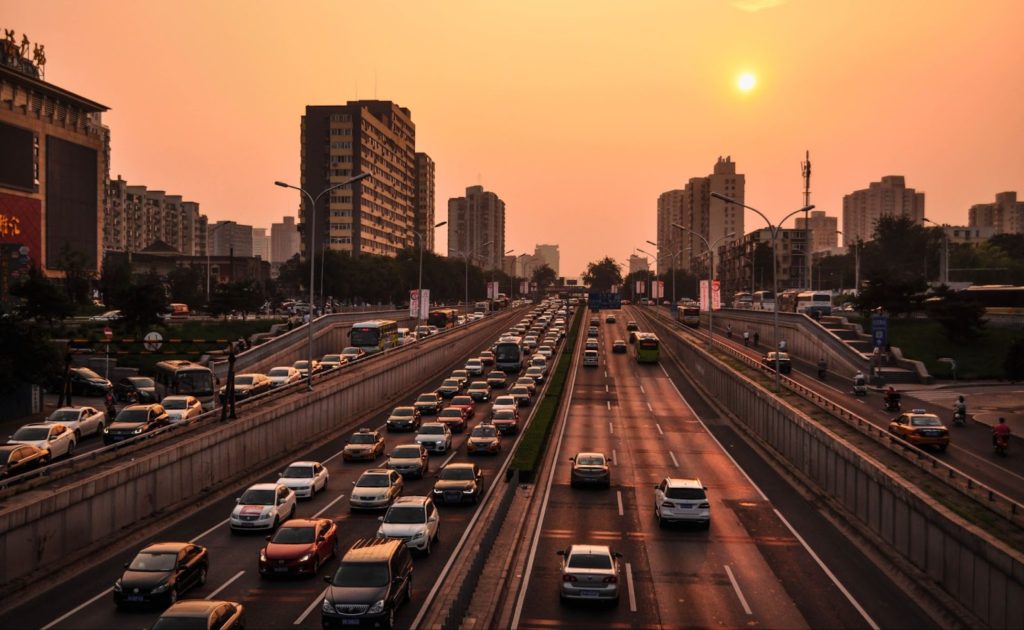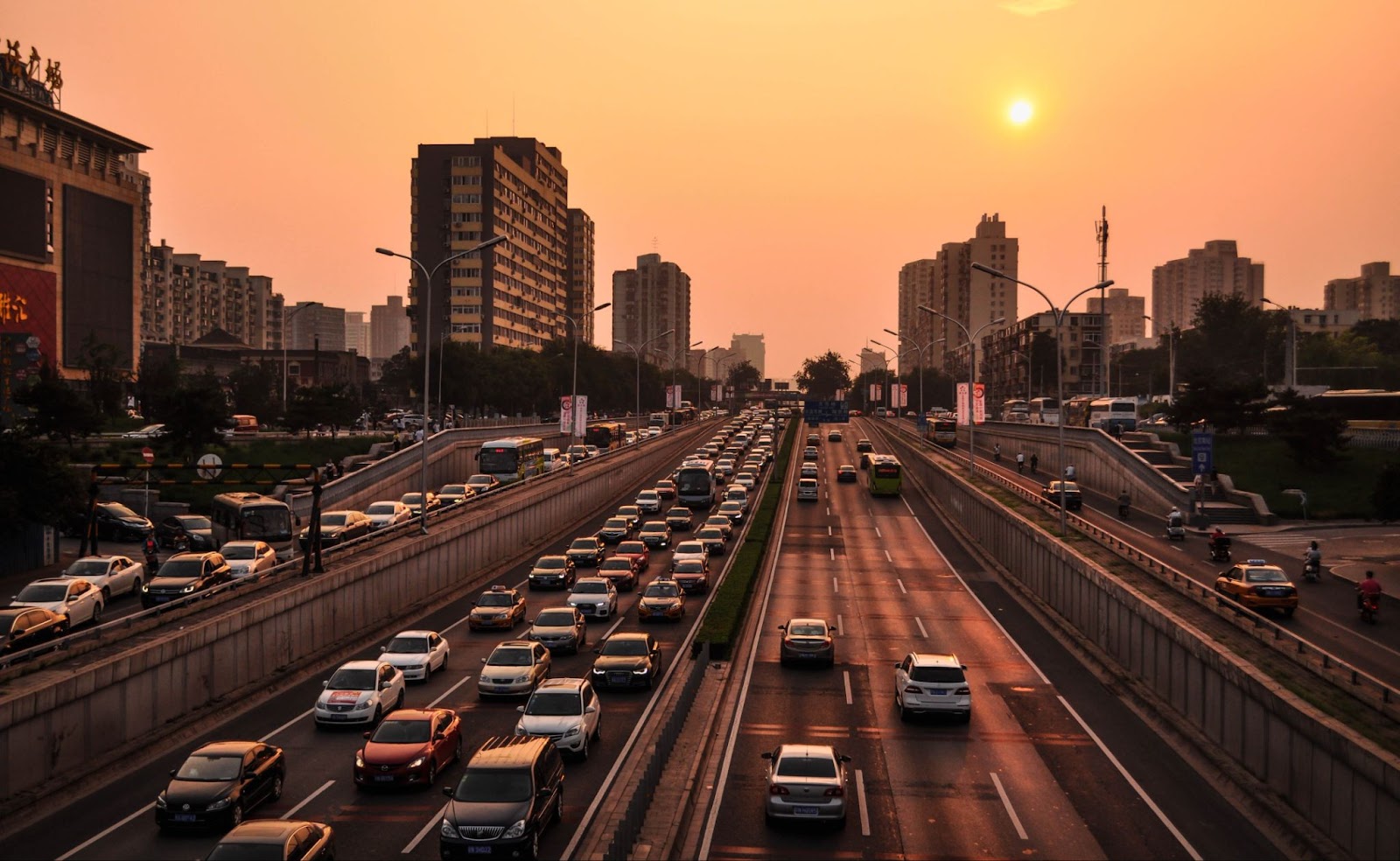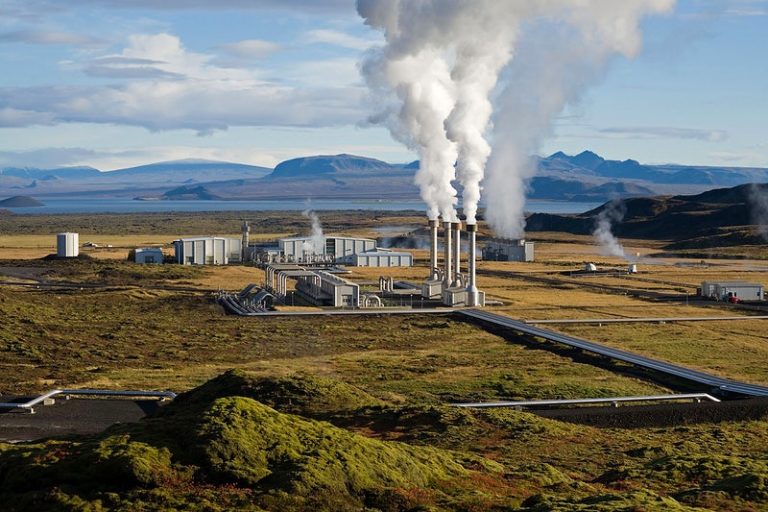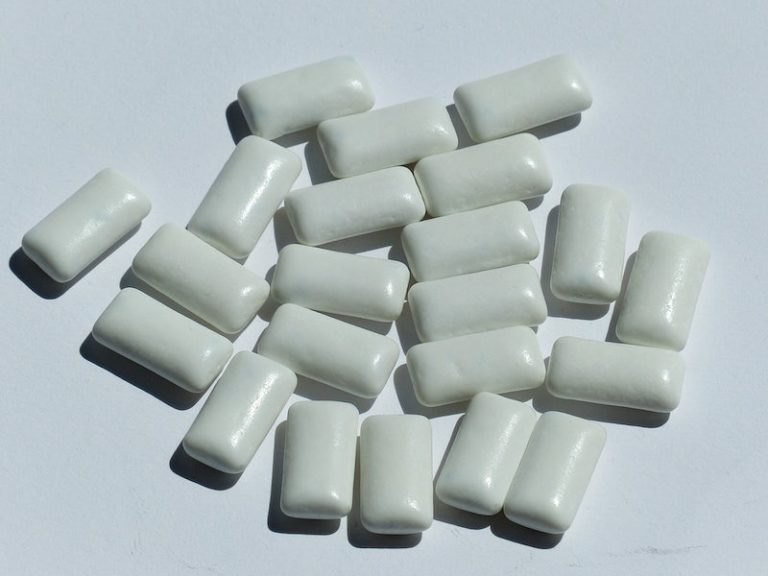How To Drive Less In 2023? Here Are Some Tips!

Driving is something that we do every day. Unfortunately, the negative effects of driving daily are becoming more apparent. From the impact on our health and the environment to the toll it takes on our wallets, there are several good reasons to drive less. For some, reducing how often you drive or finding alternative ways to get around may be easier said than done.
But for others, making these small changes in your everyday life can be as simple as changing your habits and thinking outside of the box. It may sound cliché, but the key to driving less is finding other ways to get from point A to point B. Luckily, there are several ways that you can take steps in that direction in the coming years.
The influence of automobiles on the natural world
The transportation industry is one of the primary contributors to greenhouse gas emissions and a significant contributor to air pollution. Every single second, there are two brand-new cars or trucks added to the road. By the year 2030, the number will be greater than four.
It is anticipated that 127 million automobiles would be manufactured all across the world by the year 2030. There may be 2 billion cars on the road by the year 2035. The extent to which automobiles have a negative influence on the environment will be directly proportional to how quickly we transition to electric vehicles (we could also make cars that use less fuel, but this is not a viable long-term solution).
The transportation industry consumes the majority of the world’s petroleum and is one of the most significant contributors to the emission of greenhouse gasses. It also contributes heavily to the pollution of the air. Automobiles are one of the most significant sources of air pollution since they produce considerable quantities of nitrogen oxides, carbon monoxide, and particulate matter. The use of fuel, emissions of air pollution, and release of greenhouse gasses account for 80–90% of the environmental impact that cars have. It is estimated that the particulate matter in the air is alone responsible for up to 30,000 premature deaths annually.
Plan Your Commute
- One of the first things you’ll want to do to reduce your driving time is to plan your commute. If you drive to work daily, you may want to consider taking a different route or finding a new way to get to your workplace.
- Doing so could reduce your daily commute and allow you to spend less time in the car. Planning your commute can also help you identify other ways that you can reduce your driving.
- For instance, if you live near a public transportation stop, you can use that to your advantage to drive less. Find out when the public transit in your area is running and when it ends.
- Then, plan your commute accordingly so that you can take public transit to and from work. This will help take some of the driving out of your daily routine.
Ride Sharing Apps
- One of the most common ways for people to reduce their driving is by using ride-sharing apps like Uber and Lyft. Both of these companies allow you to connect with nearby drivers who can give you a ride.
- These ride-sharing apps allow you to avoid the hassle of driving yourself and finding parking while also putting less wear and tear on your car.
- While these apps are helpful and convenient, they also come with their fair share of issues. For example, ride-sharing apps often lead to more driving.
- Moreover, not all cities have the same regulations regarding ride-sharing apps, which could lead to increased congestion and pollution in your area.
- To avoid these issues, you may want to consider taking the bus or public transportation instead.
Utilize Public Transportation
- If you work in an area with good public transportation, you may want to consider using that as an alternative to driving yourself to work.
- While driving to work may only take you a few minutes, public transportation can take significantly longer to get you to your destination.
- Public transportation is a great way to reduce your carbon footprint and make your daily life easier, but it may not be appropriate for everyone.
- If you work far from the nearest bus or subway stop, or if the times when the public transit is running do not work with your schedule, riding the bus or subway may not be a good option for you.
- You may also want to consider the cost of using public transportation, which can vary depending on where you live.
Try Cycling Or Walking
- If you want an active lifestyle but you don’t want to drive everywhere, cycling or walking may be the perfect alternative to driving.
- Cycling and walking are great ways to get some exercise while also saving on gas and parking costs. Cycling and walking also help reduce pollution and the number of greenhouse gasses in the air; each of which is linked to driving.
- Unfortunately, cycling and walking each come with their own set of drawbacks. For example, cycling can be dangerous in certain areas and during certain times of the day. Moreover, walking can take significantly longer than driving and may be difficult for people with certain ailments.
Try Auto-Sharing Or Peer-To-peer Rentals
- If you need a car occasionally but you don’t want to drive your car, auto-sharing services or peer-to-peer rentals may be the answer.
- Auto-sharing services like Zipcar allow you to rent cars from nearby locations without having to pay for insurance or maintenance.
- Peer-to-peer rentals allow you to rent cars from people in your area who are looking to make a little extra money. Both of these services are a great way to drive less because they allow you to rent cars when you need them, but not own them outright.
- However, these options also come with their fair share of issues. For example, auto-sharing services often require you to plan your trips and return the car at a certain time. Moreover, peer-to-peer rentals may be more expensive than owning a car and could result in insurance issues.
Drive less some days of the week
- If any activities require you to drive, you should make it a point to do them all in one or two days out of the week.
- Use an alternate method of transportation if you need to go at any other time throughout the week.
- You might also think about following a line of work that would enable you to do your duties from the comfort of your own home.
Conclusion
Driving is an essential part of modern life. Unfortunately, the negative effects of driving on a daily basis are becoming more apparent. For some, reducing how often you drive or finding alternative ways to get around may be easier said than done. But for others, making these small changes in your everyday life can be as simple as changing your habits and thinking outside of the box.






